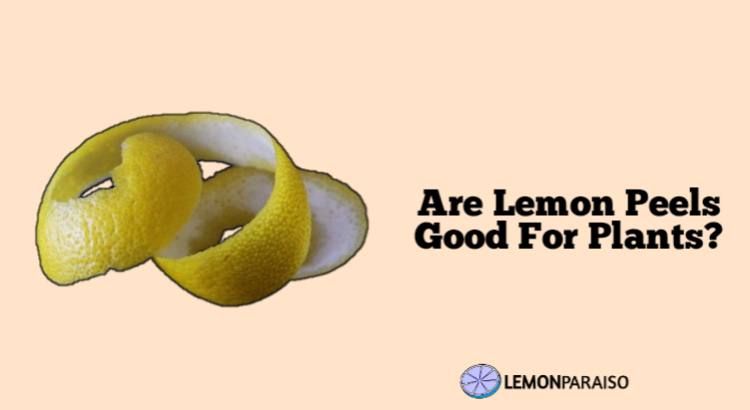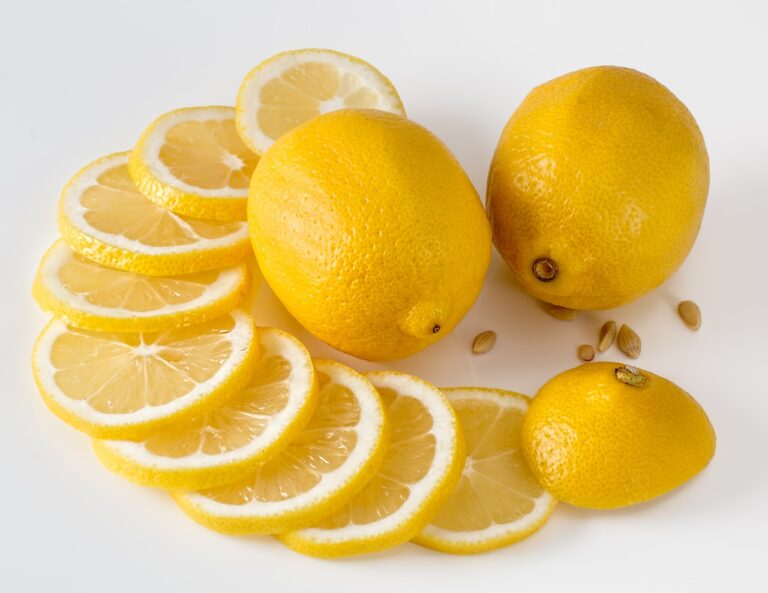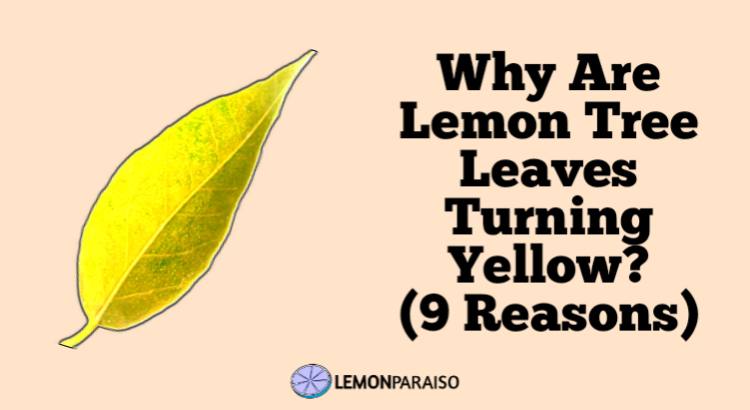Meyer Lemon Tree Growth Stages
The Meyer lemon tree, a popular choice among gardening enthusiasts, not only brings a burst of color to your garden but also provides the delicious taste of homegrown lemons to your table. Each stage of its growth is a testimony to the beauty and resilience of nature, and understanding these stages allows us to provide the optimal care our citrus companions need to thrive.
What are the Meyer Lemon Tree Growth Stages?
Stage 1: Seed Germination and Seedling Development
The first stage in the life of a Meyer lemon tree is the germination of the seed. This process usually takes 2-4 weeks and involves several key steps:
- Soaking the seeds in water for 24 hours to soften the seed coat
- Planting the seeds in a well-draining soil mix
- Maintaining a consistent temperature of 70-75°F (21-24°C) and high humidity
- Providing adequate moisture to the soil without causing waterlogging
Once the seed germinates, it will develop into a seedling with its first set of leaves, called cotyledons. The seedling will then begin to produce true leaves and establish a strong root system.
Stage 2: Vegetative Growth
During the vegetative growth stage, the Meyer lemon tree focuses on producing foliage and establishing a strong, branched structure. Key factors during this stage include:
- Providing full sun or bright, indirect light for at least 6-8 hours a day
- Watering regularly, allowing the soil to dry slightly between waterings
- Fertilizing with a balanced, slow-release citrus fertilizer
- Pruning to encourage branching and a strong structure
Stage 3: Flowering and Pollination
Once the tree reaches 2-3 years of age, it will enter the flowering and pollination stage. Meyer lemon trees typically bloom in spring, producing fragrant white flowers. Proper care during this stage includes:
- Ensuring adequate light exposure for optimal flower production
- Maintaining consistent soil moisture
- Encouraging pollination by attracting pollinators, such as bees, or using a small paintbrush to manually transfer pollen between flowers
Stage 4: Fruit Development and Ripening
After successful pollination, the Meyer lemon tree will begin to develop fruit. This stage can last several months, with fruits gradually changing color from green to yellow as they ripen. Care during this stage involves:
- Providing consistent water and nutrients to support fruit development
- Thinning fruit clusters, if necessary, to prevent overloading the tree
- Monitoring for pests and diseases and implementing appropriate control measures
- Harvesting ripe fruit when it is fully yellow and slightly soft to the touch
How long does it take for a Meyer lemon tree to reach maturity?
It generally takes a Meyer lemon tree around three to five years to reach maturity, but the exact duration can vary based on factors such as tree genetics, growing conditions, and the quality of care provided.
Grafted trees typically bear fruit within two to three years, while those grown from seeds may take four to seven years. Once a Meyer lemon tree reaches maturity, it can produce fruit year-round, with the most abundant harvests usually occurring in late fall to early winter.
What are the common growth problems that affect Meyer lemon trees?
Meyer lemon trees, like any other plant, can encounter several growth problems. These issues include inadequate sunlight, improper watering, nutrient deficiencies, pests, and diseases. Insufficient sunlight can lead to slow growth and reduced fruit production, so it is essential to provide at least eight hours of direct sunlight daily.
Overwatering or underwatering can cause root rot or leaf drop, respectively, so maintaining proper moisture levels is crucial. Nutrient deficiencies, particularly in nitrogen, phosphorus, and potassium, can stunt growth and affect fruit production, making it necessary to use a balanced citrus fertilizer.
Pests such as aphids, spider mites, and scale insects can weaken the tree and diminish its overall health, so monitoring for infestations and implementing pest control measures is essential. Lastly, diseases like citrus canker and greasy spot fungus can cause significant damage to the tree, warranting early detection and proper treatment to prevent further complications.




